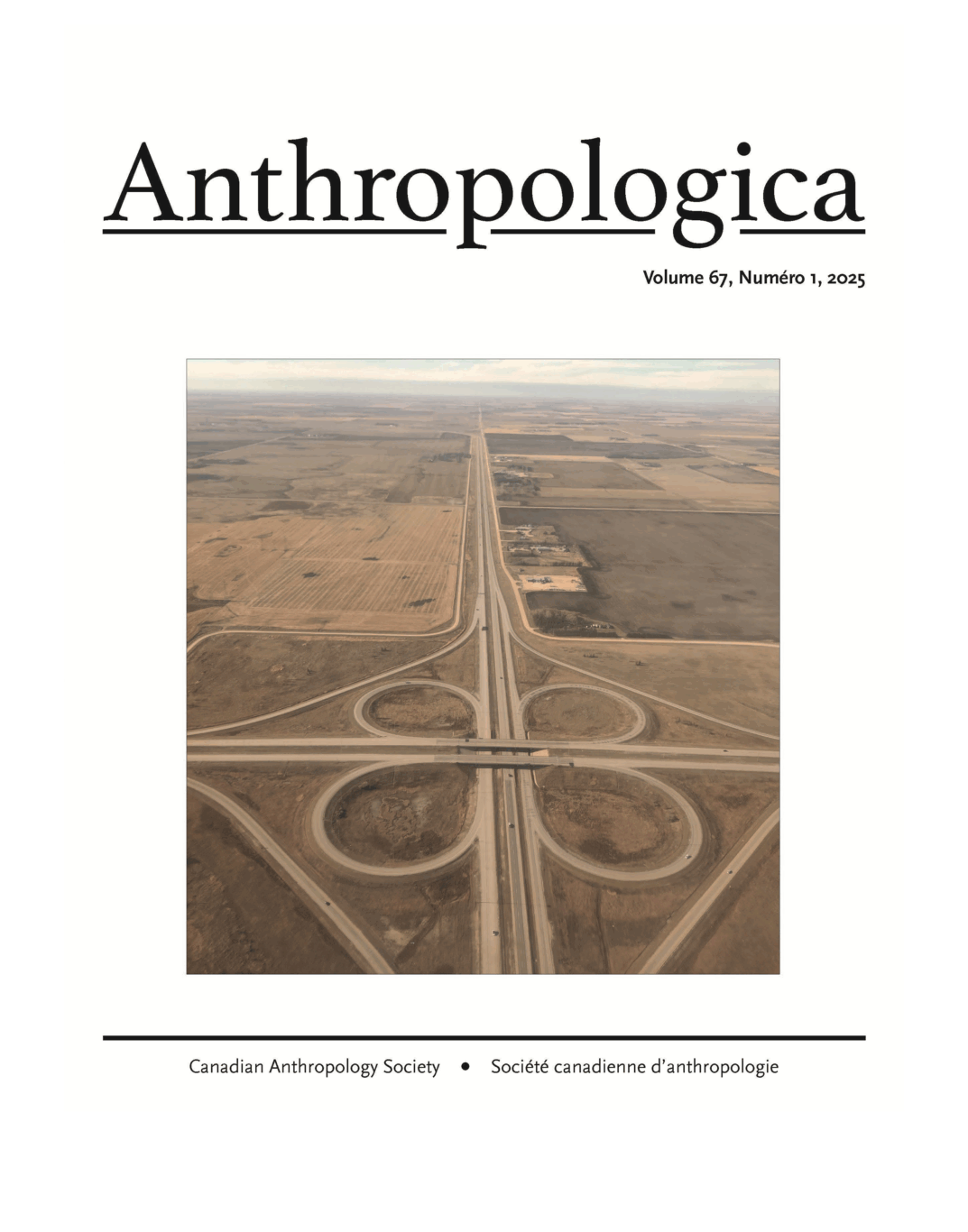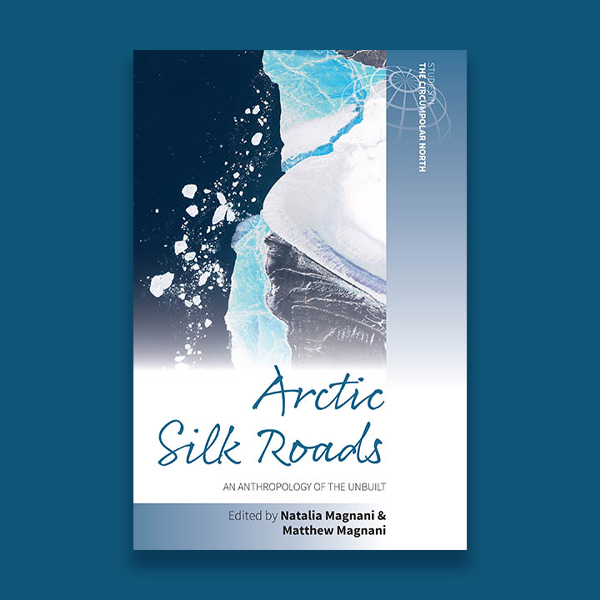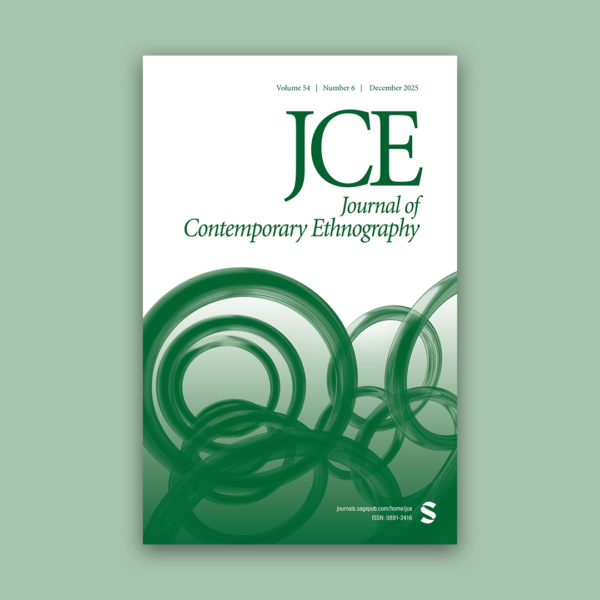Nov 2025: Special Issue of “Anthropologica” Co-edited by Giuseppe Amatulli and Philipp Budka
A new special issue of Anthropologica (Vol. 67, No. 1, 2025), the journal of the Canadian Anthropology Society, has just been published. Titled “Narratives and Temporalities of Infrastructure: The Canadian Experience,” the issue was co-edited by Giuseppe Amatulli (Carleton University) and InfraNorth researcher Philipp Budka and presents anthropological perspectives on water, energy and transport infrastructures across Canada. Drawing on ethnographic fieldwork in Alberta, British Columbia, Manitoba, Ontario, the Northwest Territories, and Nunavut, most contributions focus on the northernmost regions, highlighting the challenges faced by people (Indigenous and non-Indigenous) in relation to poor infrastructure such as inadequate roads and airports, unreliable electricity systems, insufficient housing, and old, deficient water pipelines. These infrastructure deficiencies pose substantial challenges to the health, well-being, and prosperity of northern communities, particularly Indigenous peoples.
Contributions from the InfraNorth team in this issue comprise two articles authored by Philipp Budka and Katrin Schmid, alongside the introductory essay co-authored by the guest editors:
- Budka, P., & Amatulli, G. (2025). “Introduction: Narratives and temporalities of infrastructure in Canada.” Anthropologica, 67(1).
- Budka, P. (2025). “Infrastructural disruption, entanglement and change in Northern Manitoba, Canada.” Anthropologica, 67(1).
- Schmid, K. (2025). “Flying into frictioned futures: Development of Canada’s northernmost runways.” Anthropologica, 67(1).
Additionally, InfraNorth associate researcher Susanna Gartler co-authored another article with Susan A. Crate titled “What does permafrost mean to you? Inuvialuit and Gwich’in knowledge holders’ perceptions of a thawing relation.”
While grounded in the Canadian context, the insights offered in this special issue resonate beyond, providing analytical tools for understanding how infrastructures shape, and are shaped by, global struggles for justice, decolonization, and Indigenous self-determination. They invite critical reflection on how infrastructures can be reimagined as vital sites for building more just, relational, and sustainable futures, challenging their role as extensions of colonial-capitalist expansion.
All articles can be found in Anthropologica 67(1).




